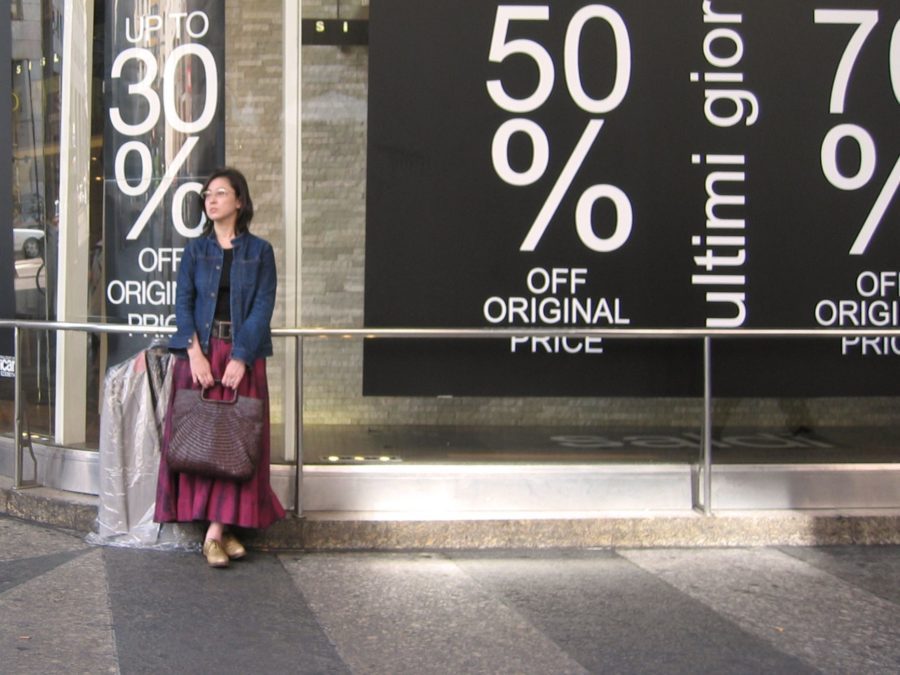How worthless are the packets of lucky grapes on 2 January! Even at the price of €0.99 they look expensive. They are placed next to the till in case anyone bites, but the supermarket salesman tells me that none have been or will be sold.
I don't know what criteria the people at Carrefour have used to price this product. It does not seem an easy decision.
In general, the price of things is an issue on which brands spend thousands of hours: it is logical, their objective is to cover costs and obtain an adequate return, and price is a clear competitive factor in sectors such as food, where customers have become more price-sensitive in recent years and spend more time than before comparing options.
However, in our view, brands spend a disproportionate amount of time deciding "how much to charge" and very little effort in defining "how to charge" and this is where the customer experience approach has recently provided useful insights.
Traditional economic theory, whereby purchase is a rational decision in which the subject evaluates the real cost versus the objective characteristics of the product or service, is not able to explain many purchasing behaviours. This is because consumers do not consider prices according to their nominal value; on the contrary, we attribute to them a meaning that goes beyond the monetary value they represent and which we can call "emotional price".
Emotional considerations and price sensitivity follow a series of rules that in recent years have been well studied by authors such as the psychologist Daniel Kahneman, winner of the Nobel Prize for Economics in 2002, and promoter of the "behavioural economics" current, which has been widely used not only in marketing, but also in the fields of health policies and economic development in general.
In a quick sketch of this approach, we can establish that our subjective valuation of prices (emotional price) is determined by:
A mental arithmetic in which 2+2≠4
- Lossaversion : we tend to place a higher value on immediate losses than on potential future gains: for example, price increases will be poorly perceived even if there is a promise of higher value benefits.
- How we look at the figures: a price of € 1,900 is perceived as lower than a price of € 1,900.00 simply because of the length of the figure. It may seem absurd from a rational point of view but it is a proven reality from a perceptual point of view. This is even better if you think about the vertigo of spending 16,000 Chilean pesos (20 €) or the relaxation with which we experienced the changeover from the peseta to the euro (what a time!) when we went from paying 100 pesetas for a coffee to paying 0.60 €. (in this case mental arithmetic betrayed us).
- There is also a different unit value reference depending on the category we are buying: we do not perceive that a euro we spend on leisure is worth the same as a euro we spend on food in the supermarket.
The importance of context:
- The reference price: customers today have a lot of information to form reference prices, which may or may not be objective. Based on them, they will consider our price expensive or cheap. It is important to know this reference price in order to act accordingly, as it is possible to modify it in our favour during the purchasing process. Some restaurants make good use of this, the tasting menu at the top of the menu at €120 makes a second course at €30 seem like a bargain.
- Brand image . If it is a luxury brand or we know that it invests in charity, a high price may seem more acceptable than if we do not value the supplier in this way.
- Transparency: the price in a brand that "does not hide it and helps us to compare" is perceived as better. We can see a good example of this by clicking on the option "compare prices on Amazon" when we are shopping on their website.
Age, gender and perception differences:
- Most women look at the price when shopping. For men, ignoring the price is a sign of virility. Consequently, it is often easier for a salesperson to sell something more expensive to a man than to a woman (especially if the man is accompanied by his friends). This can be broken with age segments around 30 years old (millennials), who are very sensitive to price regardless of gender.
- We are willing to pay more for something we can touch or appreciate in good detail. Hence the importance of good photos and enlargements for online sales (again go to Amazon to see good practice).
These examples are just to illustrate what we mean by "emotional pricing". These emotional variables are present in our customers, we can identify them and we can also train our sales force on them to be more effective.
It is important to know that a positive experience with the price (perceiving that we have made a satisfactory transaction in terms of price-value) is one of the most powerful stimuli for brand recommendation, given the social recognition of this type of comments.
The "emotional pricing" variable is driving some brands to look for innovative pricing solutions, involving customers in this process as a further co-creative design activity. We will talk about this issue another day.
What price would you put on lucky grapes on 2 January?






